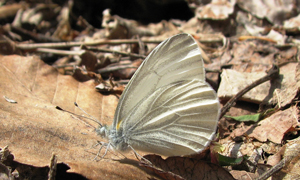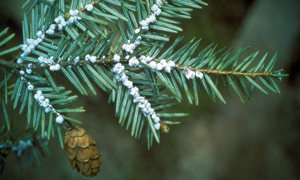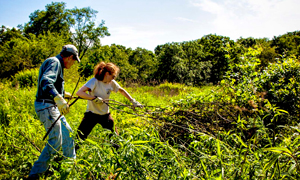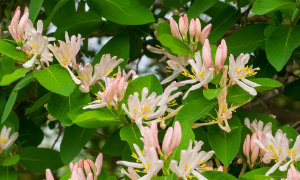Conservation Science
Protecting Pennsylvania’s Plants and Animals
Invasive and Unwelcome Species
Among the many threats to Pennsylvania’s native plants and animals, invasive species are major players. An invasive species is an organism that is introduced to an area outside its native range and causes or has the potential to cause harm to the environment, economy or human health.
These invasive species compete directly with native species for space and resources. They can also significantly alter the habitats that many other species depend upon. On a larger scale, invasive plants, animals and pathogens can impact the economy by clogging marinas, outcompeting agricultural crops, introducing disease into our forests or overrunning yards, parks, and other public spaces.
Invasive species affect all aspects of work at the Western Pennsylvania Conservancy. For example, we manage invasive species infestations on our natural areas with the help of volunteers, when possible. Our dedicated garden stewards help us to keep an eye on invasives in our community gardens. We also steward the Fallingwater landscape that counts on native plants for its character.
The Pennsylvania Natural Heritage Program is the managing partner of iMapInvasives, a free online database designed to share and manage invasive species information. The data helps state agencies and organizations make conservation-based decisions and create better management plans.
Garlic Mustard & the West Virginia White Butterfly
How one invasive species acts as a toxic decoy to a native butterfly.
Hemlock Wooly Adelgid
A small, aphid-like insect that has caused serious decimation to Pennsylvania’s hemlock trees.
Invader Watch List
Many of these species have not yet made it to Pennsylvania, but early detection can help to curb their spread in our state.
Cooperative Weed Management Partnerships
These partnerships help raise awareness about invasive species and take action to control their spread.





